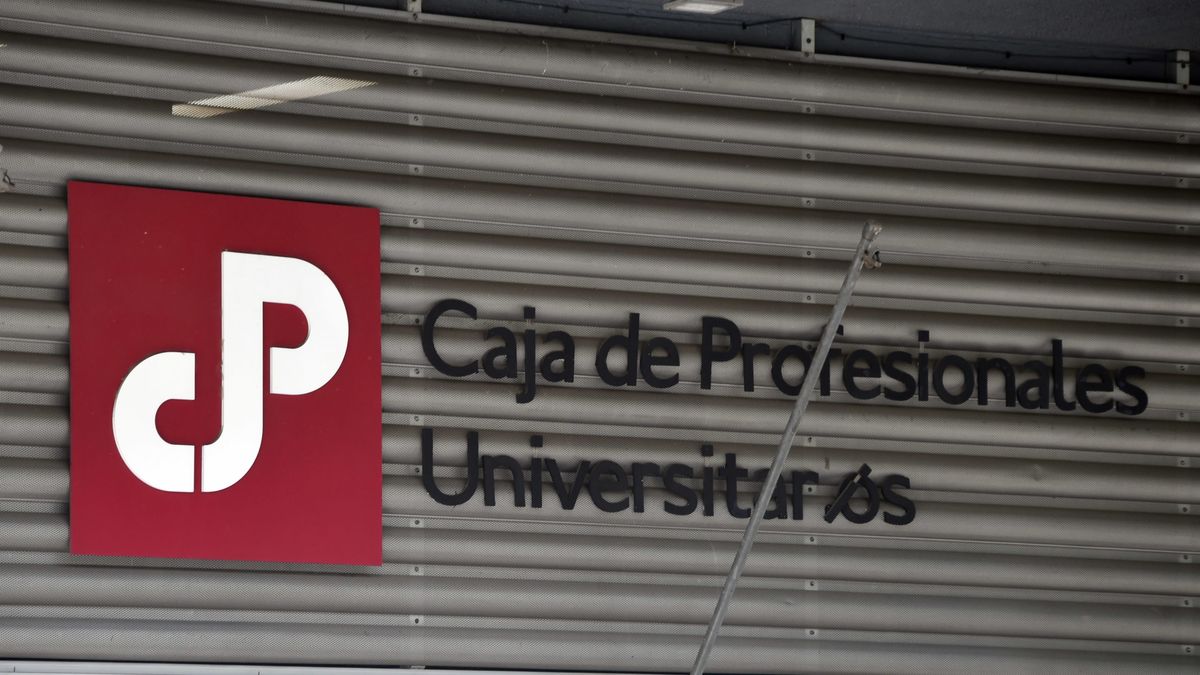The University Professional Retirement and Pension Fund (Cjppu) of Uruguay recently approved a 2% increase in the contribution rate in an attempt to solve the delicate financial situation that the institution is going through, after Parliament rejected the complementary reform to that of social security. However, a week before this increase in the contribution, the board rejected another series of alternative measures.
The session took place on November 23, and the key point was the board’s rejection of the possibility of “requesting the Executive power a $300 million bridge loan” with the purpose of “allowing the undertaking of actions”, such as social and real estate loans, that would generate “profits that allow their timely payment”, in the same way that “states do so with international financial organizations”.
This was reported by the newspaper, which had access to the document resulting from the meeting, in which the claim for the return of the Security Assistance Tax Social (IASS)which university professionals pay taxes, whose collection is entirely allocated by law to the Social Security Bank (BPS) —a double contribution that was the subject of debate during the drafting of the reform project that ultimately failed to see the light of day in the parliamentary chamber.
The board also rejected the option of “confronting a campaign of affiliate recruitment with a declaration of non-exercise”, which are estimated at 100,000, or by increasing the actions aimed at recovering “the money that due to default of different debtors” corresponds to the Professionals Fund, among other alternative measures.
These options were presented as a motion by the liabilities representative on the board, Odel Abishab; but the proposal was also accompanied by Fernando Rodríguez Sanguinetti and Pablo Schiavi, substitute director-secretary of the institute, Blauco Rodríguez. The votes against were from the president of the Professionals Fund, Virginia Romero, and the vice president Hugo Alza; while the two delegates of the Executive Branch, Luis Gonzalez and Gerardo Lopez, They abstained.
Increasing the contribution rate, the only option?
In the session of November 30, meanwhile, the board approved the 2% increase in the contribution ratewhich will go from 16.5% to 18.5% as of January 1, 2024, and will govern for one year, in principle.
The majority of the board based its decision on the social security reform lawwhich establishes that before “deficit operating results” The parastatal savings banks “must” implement “the necessary immediate precautionary measures in order to stop and reverse the observed decapitalization.” The regulations authorize the authorities of the pension organizations to order “an increase in up to two percentage points of the contribution rates.”
Likewise, they maintained that the increase “was the only measure that he could take over the board” after the rejection of the government reform in Parliament; Although it is now known package of alternative measures which the same board rejected a week before moving forward with the modification in the contribution rate.
For his part, Abisab maintained that the Law 20,130 “does not order the board to increase the contribution rate by 2%, but simply ’empowers him.’” Although the regulations do “order the board to take measures,” it also enables it to develop “other projects that can be passed to the Executive as a route to the Legislative in order to increase income.”
Source: Ambito




